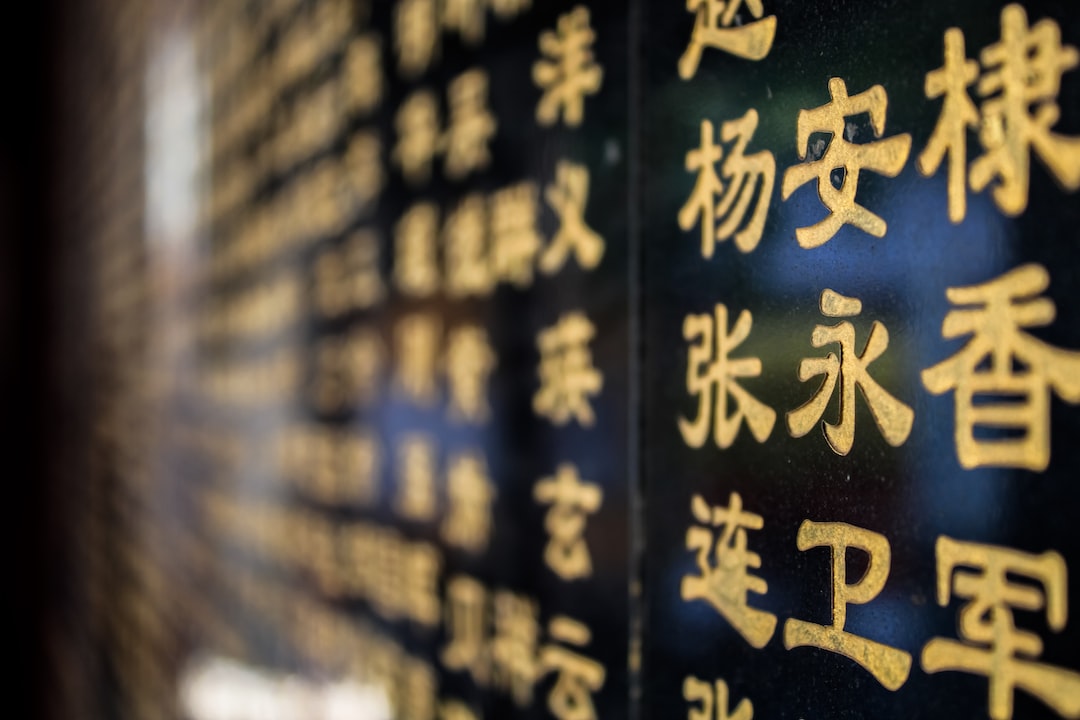The Chinese language is not phonetic. The pronunciation has nothing to do with how Chinese words (characters) are written. Pinyin (pronouncing the sound) is designed to help individuals learn Mandarin pronunciation. Pinyin is a method of transcribing Chinese letters so that they may be spoken.
Understanding Chinese pronunciation is a big part of progressing in your language studies. Knowing how to pronounce syllables and characters correctly and understand tone is essential.
Most sounds require similar mouth shapes and tongue placements as in English. However, the tone of a word does make it sound different.
Vowels
As with all sounds in Chinese, the vowels are very important. They are the building blocks for syllables and can make or break a word. For this reason, it’s best to learn the individual vowels before moving on to the finals.
The hardest vowel to master is u, the front, high, rounded vowel. To produce it, start with a basic “i” sound (similar to the sound of the letter in English, “bee”) and then slowly round your lips. Keep your tongue position low and back in the mouth as you do this.
Note that ‘u’ can be paired with the consonants c, ch, s, h, z, zh, and r to form compound vowels. This sounds slightly different from the stand-alone ‘u’ but is still easy to produce: shorten the sound of ‘i’ and let the tongue move into the position of ‘u.’
The single finals w and y are also reasonably straightforward, although they require some practice. When paired with a vowel, they sound like an unvoiced English ‘j’ or Chinese’ z,’ and for w, your tongue should be flat in the mouth and towards the back. For y, place the tip of your tongue behind the front teeth.
Finals
When a sound is repeated over and over, it can become a habit. Changing a habit can also be challenging, especially when pronouncing Chinese words. For this reason, spending as much time as possible practicing the sounds you have difficulty with is essential, like how to say yes in Chinese pronunciation.
Unlike English, a syllable in Chinese comprises three components: an initial sound, a final sound, and a tone.
The first set of finals in Chinese is the single finals (ai, ei, o, u, iu, ue, and er). These can be easily pronounced with your mouth closed or slightly open. You only need to make a smooth slide from one simple vowel to the next (see the table below).
The second set of finals in Chinese is the compound finals (ai + o, ei + o, and ian + o). These can be hard to pronounce because they differ from the sounds we usually hear in English. The best way to practice these sounds is to listen to them a lot and repeat them with your mouth closed. If you can do this, you will notice that the pronunciation is similar to the corresponding sounds in English.
Consonants
The vowels will have some variant sound for most Chinese sounds under certain conditions. This is especially true of the consonant zh, which can change its sound differently depending on what other consonants it follows. For example, it can sound like a close back vowel [a] in -ang and -uan (like the ‘y’ in ‘hey’).
It can also sound like an unrounded front vowel [e] in -iao and -iang. It can even be pronounced as a diphthong [Wu] in -yuan and -yuan. This last one must be clarified because it differs from yuan and yun in English. It results from how aspiration separates similar pairs of stops and affricates in Chinese.
Another way a consonant can change its sound in Chinese is through its syllable coda or offglide. This is when a weak syllable’s final consonant or consonant cluster drops and is followed by a centralized and nasalized vowel, as in nao dai
Initial Sounds
While Chinese doesn’t have an alphabet or a compact syllabary like English, it has a system called pinyin with several initial sounds. Recognizing and pronouncing these are important, as they can impact how a word is pronounced.
For example, (zh) is a difficult sound for many students. This is because it requires the tongue to be placed very high in the mouth and to vibrate. It also doesn’t sound anything like an English’ r.’ To avoid mispronouncing this, try placing the sides of your tongue lightly against the roof of your mouth – this will help you get the correct sound.
Another example is (y). Many people combine and say it like “yoong.” However, this needs to be corrected. Pinyin is pronounced more like a British speaker would pronounce the sound of’ ing,’ with the lips pulled further back.
Other initial sounds, such as j, q, and x, are easy to pronounce, but the problem is that they never pair with the vowel u (as shown in the video above). As a result, if you pronounce these consonants correctly but at the wrong time, you’ll end up with a completely different word.



